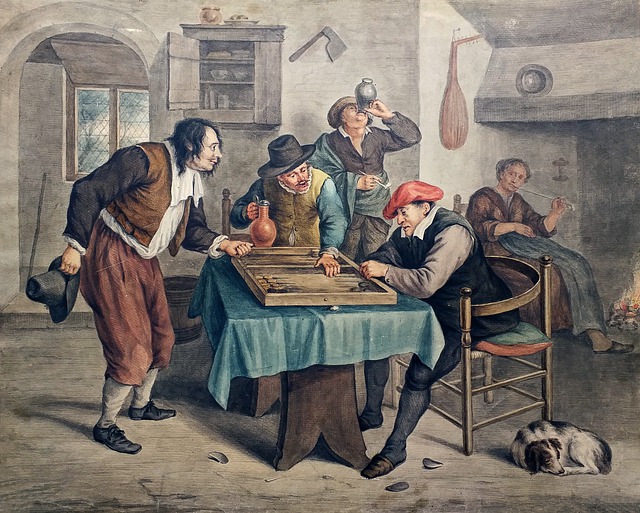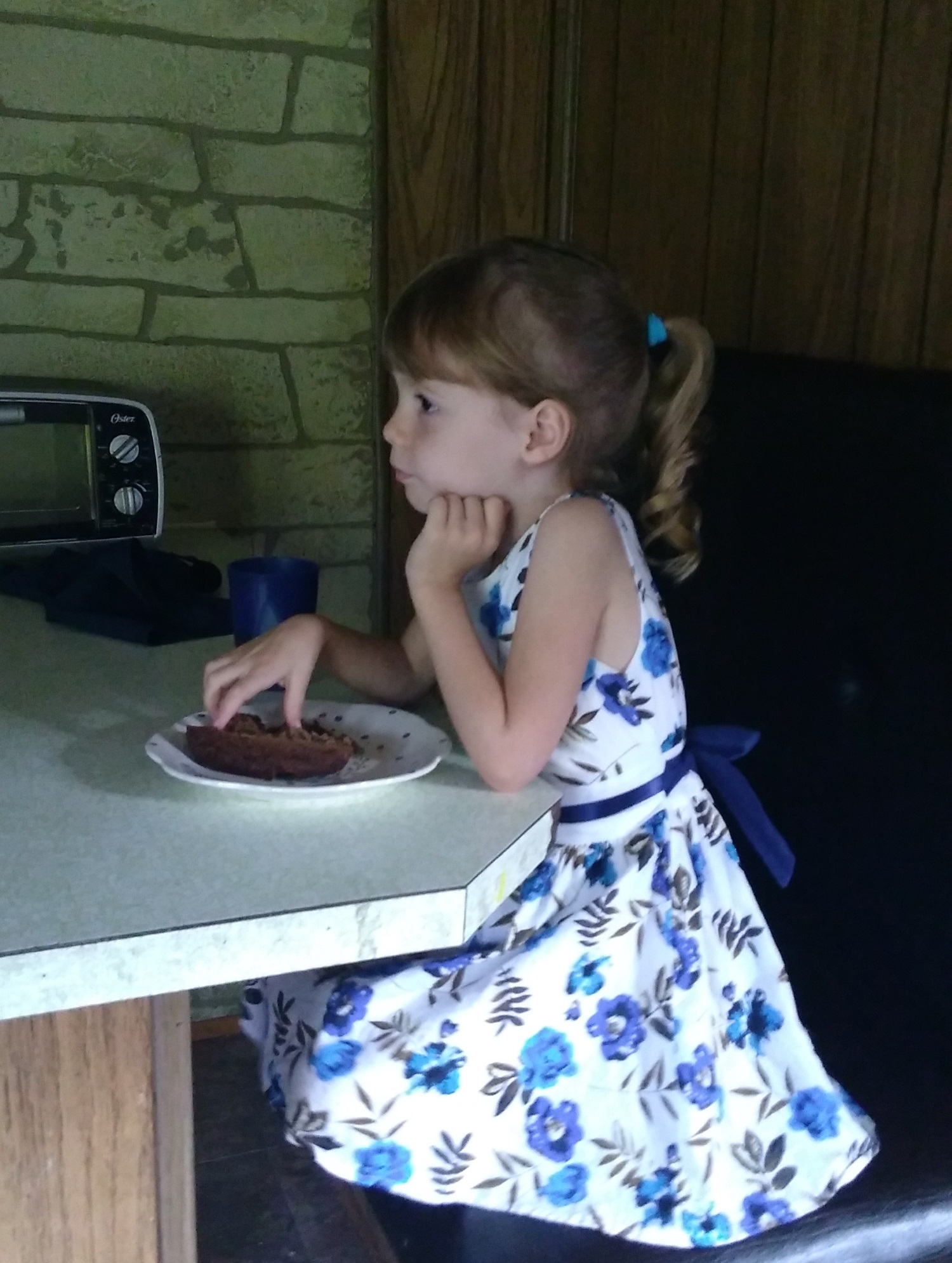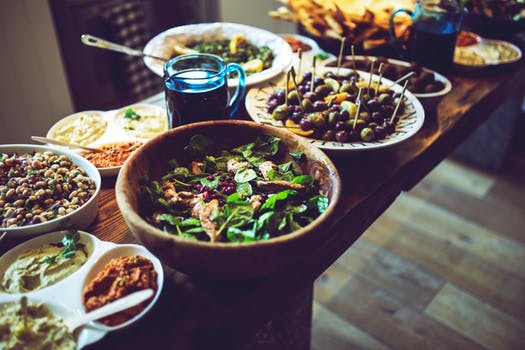Amy Johnson Crow had me stuck with this week's topic for 52 Ancestors in 52 Weeks, because social events didn't really come up in my family. Sure, we had some holiday and summer get-togethers and the occasional reunion. But I have very few stories about my ancestors going out and being sociable ...
Massachusetts
52 Ancestors, Week 8: Courting
For Week 8 of 52 Ancestors in 52 Weeks, the topic is courting. Well, I have to say I'm not sure I have any romantic stories to tell. Many people in my family seem to do better the second (or third or fourth) time around in partnerships. That includes me. I am currently in a polyamorous ...
52 Ancestors, Week 3: Favorite Photo
This is another post for 52 Ancestors in 52 Weeks where you'll recognize what I'm talking about if you've been here in the past. My favorite photo is the one that really started my genealogy journey, the July 4th picnic in Middleborough, Massachusetts between the Blake and Vaughan families. The ...
Great-Grandparents: The Wood-Wood Side
After almost 30 years of pursuing genealogy and family history, I've had to make many revisions. This is the result of both traditional research and NPEs identified through DNA testing. I thought I would review five or six generations of my ancestors and discuss what has changed and what I've ...
My Ancestor, the Lighthouse Keeper
My great-great-great grandfather, William W. Winsor, has been a bit of a mystery. He was the son of a Duxbury, Massachusetts inn-keeper, John Winsor (who shared grog with the likes of Daniel Webster and Henry Thoreau). William's birth and marriage are documented in Duxbury, however he disappeared ...
Researching Plymouth County, Massachusetts Families
When we think of researching our Mayflower ancestors, and their children and grandchildren, the first town that comes to mind is Plymouth, Massachusetts. It was, after all, the capital of the colony and the original 1620 settlement of the Mayflower Pilgrims. However, our ancestors did not stay in ...





